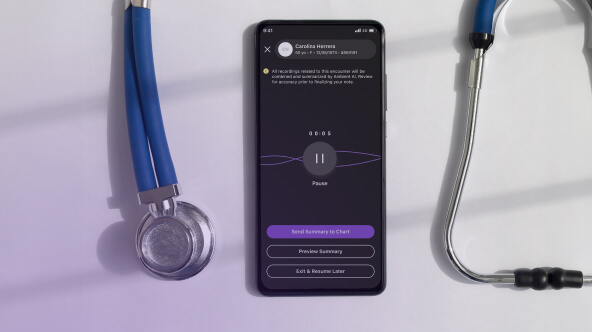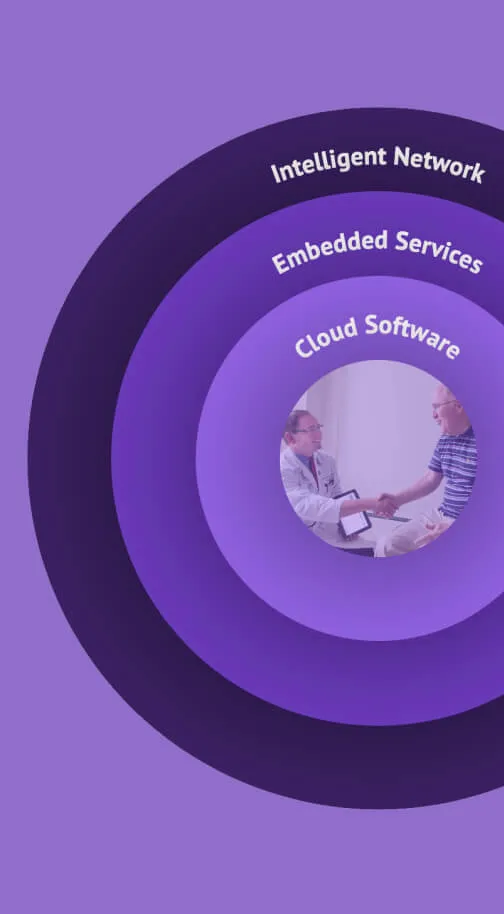Resource Center
All ContentBlogCase Studies
- Christy Maerz
- March 20, 2025
- 7 min read
Get crucial RCM metrics for better practice management
Discover how Insights Dashboards enable your practice to quickly and accurately measure performance. Read moreYou may also like

- athenahealth
- April 23, 2025
- 6 min read
electronic health record
Cybersecurity and reliability: Is your EHR data protected?
Cyberattacks are common in healthcare. What protections should a trusted HIT provider deliver?
Read more 
- Christy Maerz
- April 24, 2025
- 7 min read
athenahealth research
Top benefits and use cases of AI in healthcare
AI use for administrative tasks is on the rise. But how do physicians feel about this digital transformation?
Read more 
- Dallas, Texas
MAY 3-6, 2025
Urgent Care Convention
Meet us at Booth #602 at the Urgent Care Convention to see how athenaOne® for Urgent Care can help you evolve.
Read more 
- Joe Ganley
- April 23, 2025
- 7 min read
thought leadership
AI in healthcare: bridging the equity gap or widening it?
Healthcare AI is here—it’s at a crossroads. Read to learn how we can use this technology equitably.
Read more 
- athenahealth
- April 23, 2025
- 6 min read
electronic health record
Cybersecurity and reliability: Is your EHR data protected?
Cyberattacks are common in healthcare. What protections should a trusted HIT provider deliver?
Read more 
- Christy Maerz
- April 24, 2025
- 7 min read
athenahealth research
Top benefits and use cases of AI in healthcare
AI use for administrative tasks is on the rise. But how do physicians feel about this digital transformation?
Read more 
- Dallas, Texas
MAY 3-6, 2025
Urgent Care Convention
Meet us at Booth #602 at the Urgent Care Convention to see how athenaOne® for Urgent Care can help you evolve.
Read more 
- Joe Ganley
- April 23, 2025
- 7 min read
thought leadership
AI in healthcare: bridging the equity gap or widening it?
Healthcare AI is here—it’s at a crossroads. Read to learn how we can use this technology equitably.
Read more 
- athenahealth
- April 23, 2025
- 6 min read
electronic health record
Cybersecurity and reliability: Is your EHR data protected?
Cyberattacks are common in healthcare. What protections should a trusted HIT provider deliver?
Read more Empower your practice

AI powered patient engagement
Learn how AI tools can help improve patient loyalty and outcomes.






